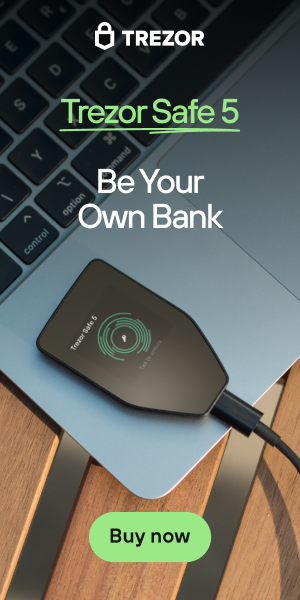
What Are Injective Protocol Gas Fees?
In the ever-evolving landscape of decentralized finance (DeFi), Injective Protocol has emerged as a beacon of innovation, offering a fully decentralized exchange platform that promises to redefine our approach to trading digital assets. With its unique infrastructure and commitment to providing a seamless trading experience, Injective Protocol is not just another player in the DeFi space; it’s a game-changer. This blog delves into the intricacies of Injective Protocol, exploring its features, benefits, and the impact it’s poised to have on the DeFi ecosystem.
Introduction to Injective Protocol
Injective Protocol is a cutting-edge blockchain platform designed to facilitate fully decentralized trading of futures, spot markets, and more, without any restrictions. Built on Cosmos SDK, it leverages the power of layer-2 scalability solutions to offer a high-performance, zero-gas fees trading environment. This not only makes trading efficient and cost-effective but also opens up a myriad of opportunities for traders and liquidity providers alike.
The Vision Behind Injective Protocol
The core mission of Injective Protocol is to create a more accessible, transparent, and inclusive financial system. By eliminating traditional barriers such as high gas fees and limited market access, it aims to empower users with the freedom to trade any financial asset freely. This vision is brought to life through its unique architecture, which combines the speed and scalability of layer-2 solutions with the security and decentralization of the Ethereum network.
Key Features of Injective Protocol
- Decentralized Order Book: Unlike many DeFi platforms that rely on automated market makers (AMMs), Injective Protocol uses a fully decentralized order book, providing traders with the flexibility to place orders based on price and depth, similar to traditional exchanges.
- Cross-Chain Trading: Injective enables seamless cross-chain trading without the need for wrapped tokens, facilitating direct trading across different blockchain networks. This interoperability is a significant step towards a more unified and efficient DeFi ecosystem.
- Zero Gas Fees: One of the most compelling features of Injective Protocol is its zero gas fee structure. By utilizing layer-2 solutions, it eliminates the high transaction costs associated with trading on the Ethereum network, making it more accessible to a broader audience.
- Community Governance: Injective is governed by its community of token holders, who have the power to propose and vote on changes to the protocol. This decentralized governance model ensures that the platform remains aligned with the needs and interests of its users.
The Impact on Decentralized Finance
Injective Protocol is set to revolutionize the DeFi space by addressing some of the most pressing issues facing decentralized exchanges today. Its high-performance infrastructure, coupled with zero gas fees and cross-chain capabilities, provides a powerful alternative to traditional and centralized exchanges. Moreover, its commitment to decentralization and community governance aligns with the foundational principles of the DeFi movement, fostering a more democratic and equitable financial landscape.
Conclusion: A New Era of Trading
Injective Protocol represents a significant leap forward in the quest for a truly decentralized and inclusive financial system. Its innovative approach to trading, governance, and cross-chain interoperability sets a new standard for what we can expect from DeFi platforms. As Injective continues to evolve and expand its offerings, it will undoubtedly play a pivotal role in shaping the future of finance.
By reducing barriers to entry and eliminating prohibitive gas fees, Injective Protocol not only makes trading more accessible but also opens up new avenues for investment and financial innovation. It’s an exciting time for traders, developers, and enthusiasts alike, as we stand on the cusp of a new era in decentralized finance.




